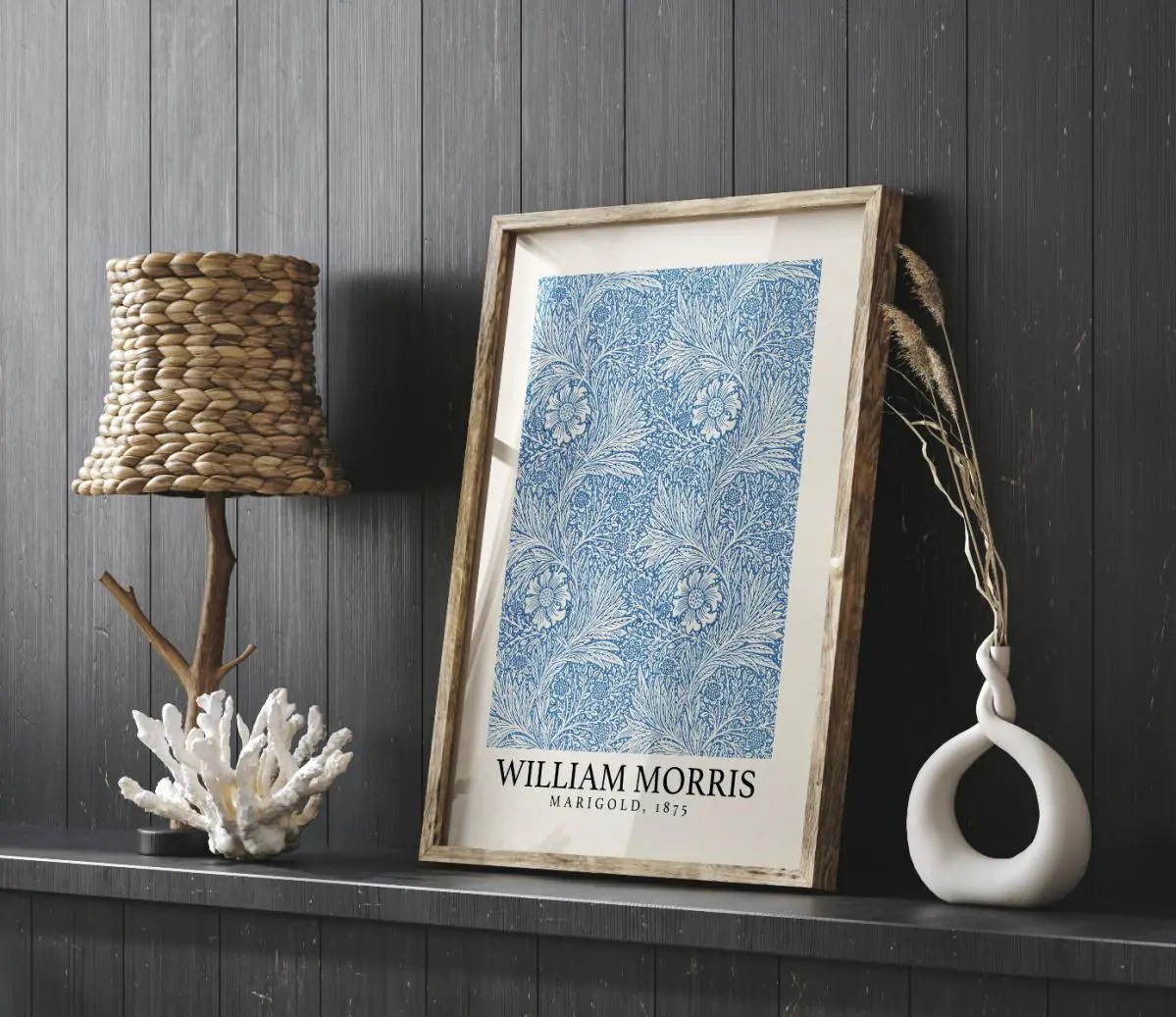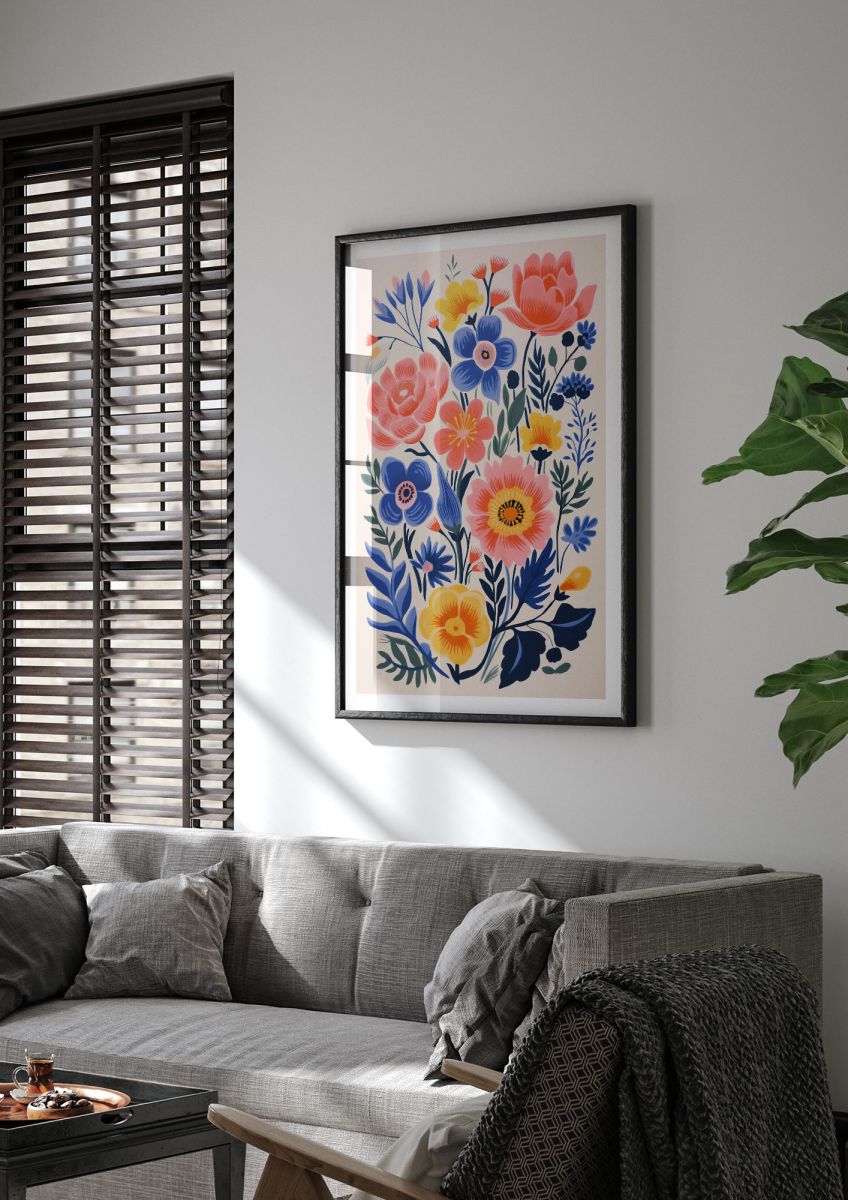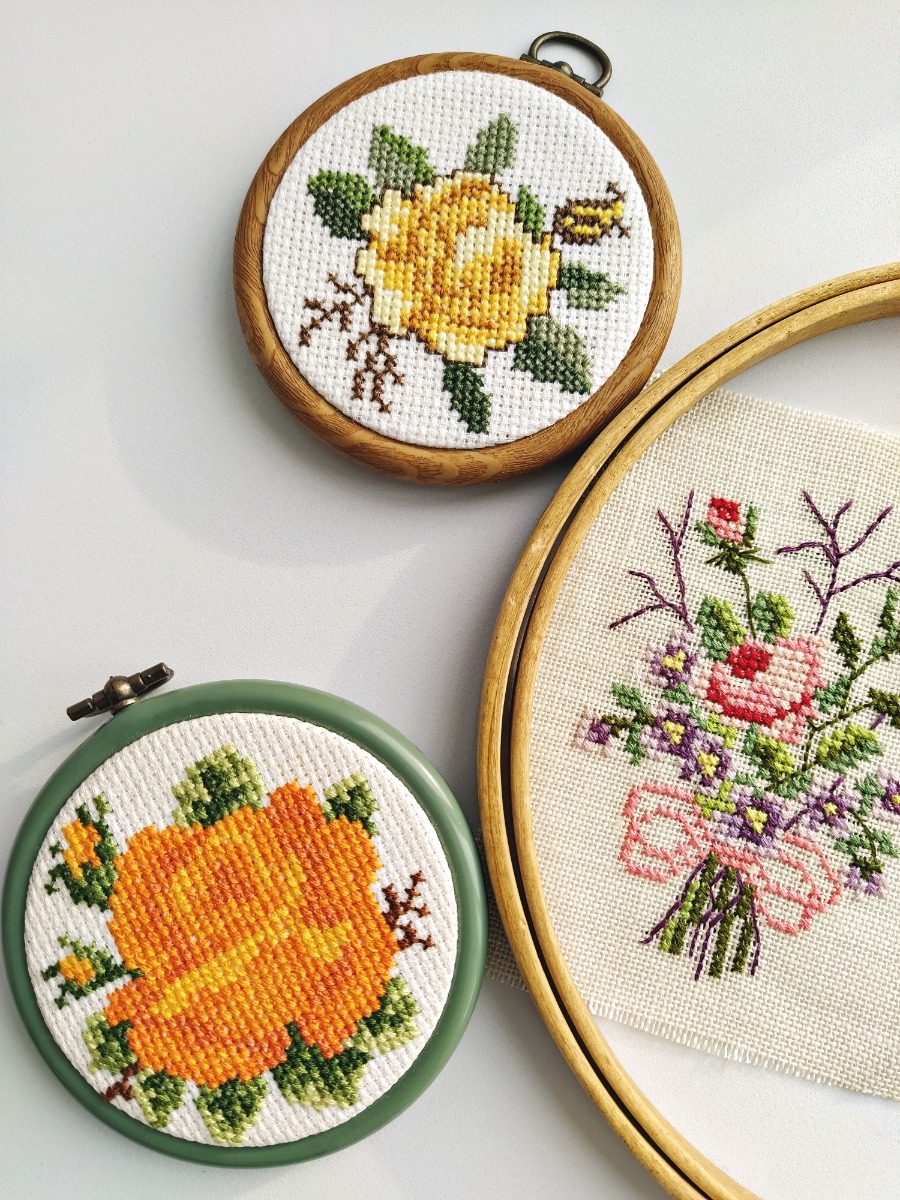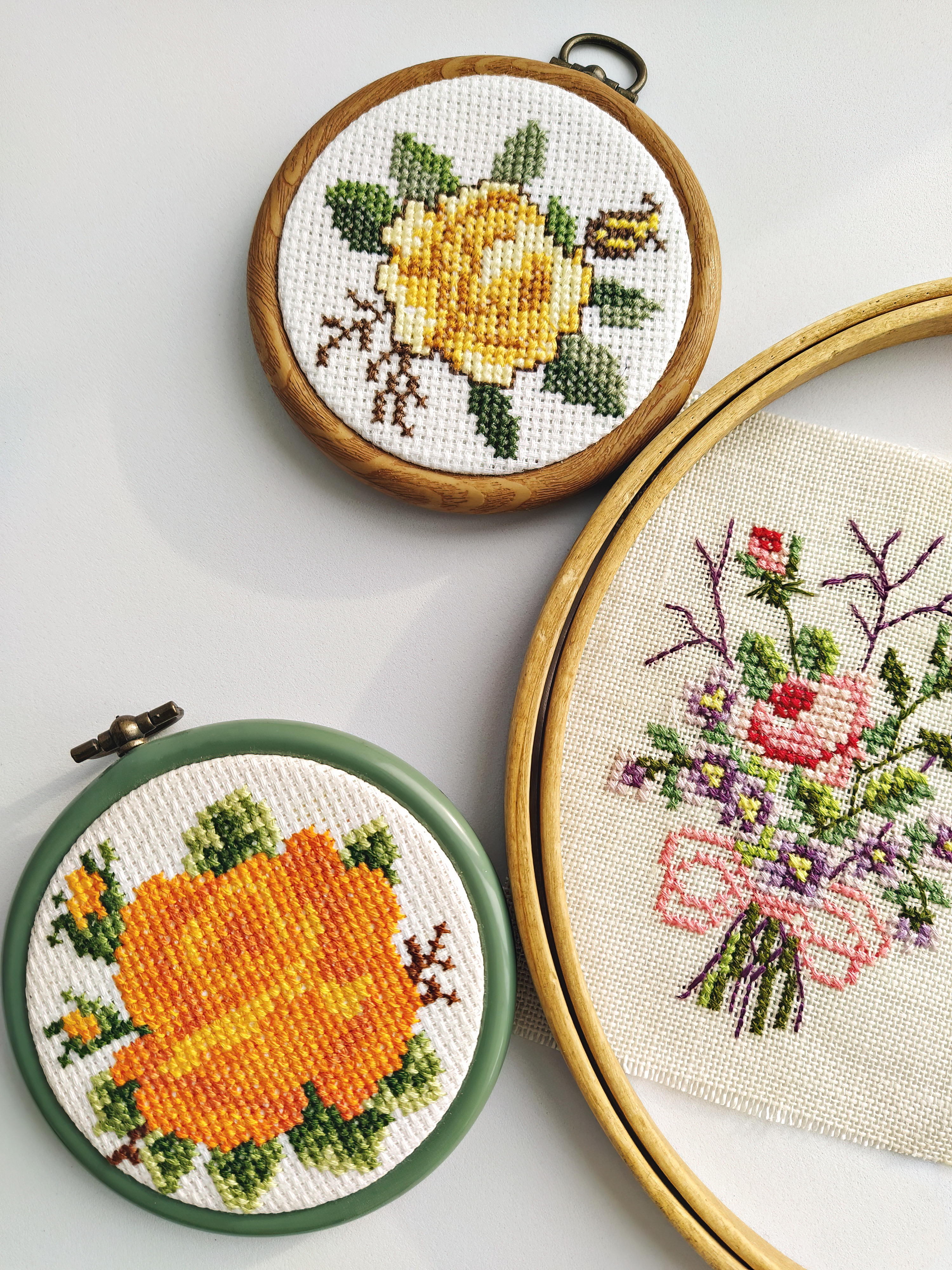Britain, a place where the love for a good cuppa is rivalled only by an admiration for nature's finest works: flowers. Across the UK, from the wild Scottish heather to the carefully pruned roses of English gardens, it's clear we're a nation quite besotted with blooms. This fascination isn't just for the green-fingered among us; it's woven into the very fabric of our art history, influencing everything from grand oil paintings to the wallpaper that lines our living rooms. Today, let's take a stroll down the garden path of Britain's floral art scene, tracing its evolution from ancient petals to the digital prints adorning modern homes.

The Victorian age brought a explosion of floral art, mirroring society's obsession with botany. It was William Morris, though, who really bridged the gap between fine art and everyday life. Morris's designs for wallpaper and textiles turned homes into artworks, making the beauty of the outdoors accessible even on the dreariest of British days.

Today's artists continue to push the boundaries, blending traditional themes with contemporary techniques. Their work doesn't just hang in galleries; it influences the design of everything from cushion covers to coffee mugs, proving that floral art is as much about function as it is about form.
But what about the crafts? Tapestry and needlework, once considered the pinnacle of domestic achievement, have made a comeback, with artists weaving and stitching flowers into everything from wall hangings to wearable art. This renaissance in craft brings with it a new appreciation for the patience and skill these mediums require, reminding us that artistry can be found in the most tactile of creations.
Now, you might wonder, "What's the relevance of all this history to me?" Here's the thing: it's not just about admiring these works from afar. At Lithobee we’ve made it our mission to bring the rich tradition of British floral art right into your living room (or kitchen, or bedroom, you get the idea). Whether you're after the classic elegance of a Tudor rose or the vibrant splash of a contemporary bloom, there's an art print that captures that perfect blend of history, culture, and natural beauty.
And it's not just about decoration. Choosing a floral print is a way to connect with a tradition that spans centuries, to bring a piece of the British love affair with nature into your own space. It's about making your home a place that reflects not just your style, but your appreciation for the timeless artistry that flowers have inspired throughout British history.



